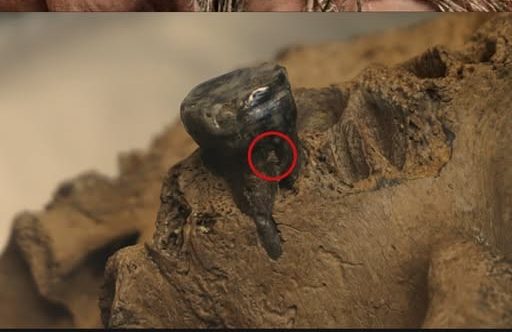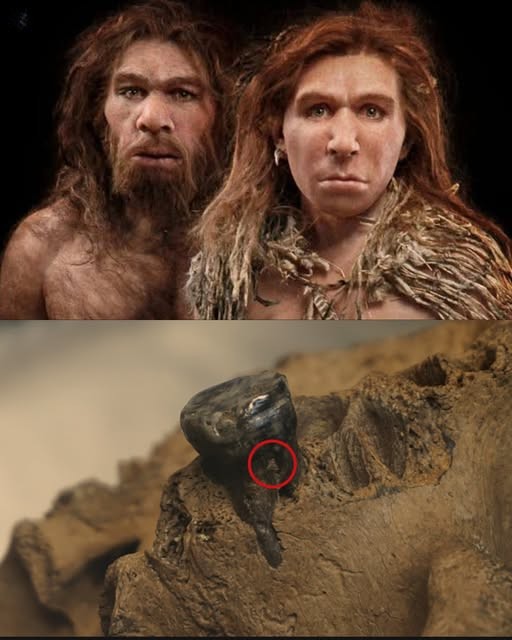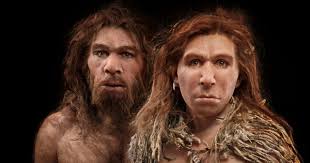“Dragon Man” Identified as Denisovan — Could This Be Humanity’s Lost Cousin?

A groundbreaking discovery in the realm of paleoanthropology has captured the attention of scientists and enthusiasts alike: a 146,000-year-old skull, dubbed “Dragon Man,” unearthed in Harbin, China, has finally revealed its ancient secret. This remarkable fossil, once thought to belong to a new human species, has been confirmed through cutting-edge DNA analysis as part of the elusive Denisovan lineage. This finding not only enriches our understanding of human evolution but also raises tantalizing questions about our ancient relatives.

The Denisovans, a mysterious group of hominins, diverged from the lineages of Homo sapiens and Neanderthals over 400,000 years ago. Unlike their more famous cousins, the Denisovans are known primarily through a scant collection of fossils and artifacts, making this discovery all the more significant. The identification of Dragon Man as a Denisovan provides a crucial link in the evolutionary chain, shedding light on a branch of humanity that has remained largely shrouded in mystery.
Rediscovered in 2018 after being hidden since 1933, the skull of Dragon Man presents a unique opportunity to explore the physical characteristics and perhaps even the behaviors of these ancient people. The skull’s features—larger brow ridges and a wider face—suggest adaptive traits that may have been influenced by the harsh environments they inhabited. What might this tell us about their way of life, social structures, and interactions with contemporary human species?

The implications of this discovery extend beyond Dragon Man himself. It prompts us to reconsider the wealth of fossil evidence that may be sitting in museum drawers around the world. What other remnants of Denisovans or other forgotten branches of humanity might still await their moment in the spotlight? Each fossil holds the potential to rewrite our understanding of human history, challenging established narratives and uncovering the intricacies of our shared ancestry.
As researchers delve deeper into the implications of this find, they are faced with a broader question: how do these ancient relatives inform our understanding of what it means to be human? The Denisovans, like other hominins, shared the planet with early Homo sapiens, and their interactions may have shaped the course of human evolution in ways we are only beginning to understand.

In conclusion, the identification of Dragon Man as a Denisovan is a monumental milestone in the study of human evolution. This extraordinary skull not only enriches our knowledge of a long-lost branch of our family tree but also ignites curiosity about the many mysteries that still lie buried in the earth. As we continue to explore our ancient past, we are reminded that the story of humanity is far more complex and interconnected than we have ever imagined. What other secrets await discovery in the annals of time? The journey into our evolutionary history is just beginning, and the possibilities are endless